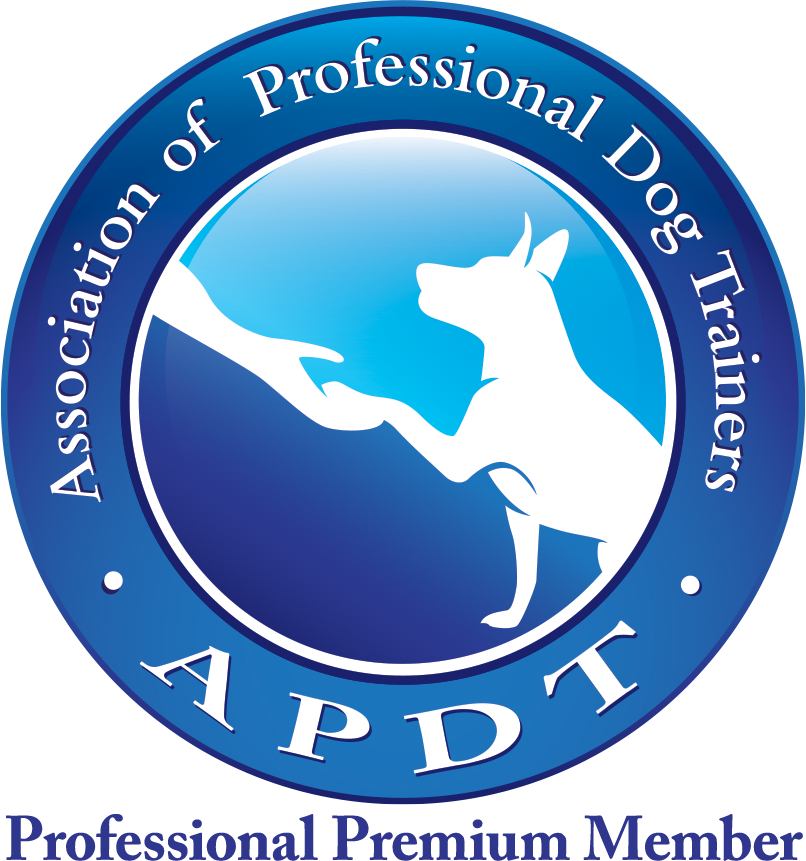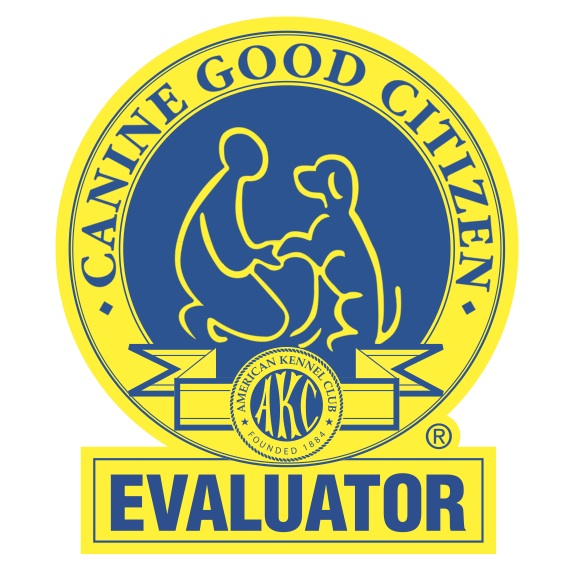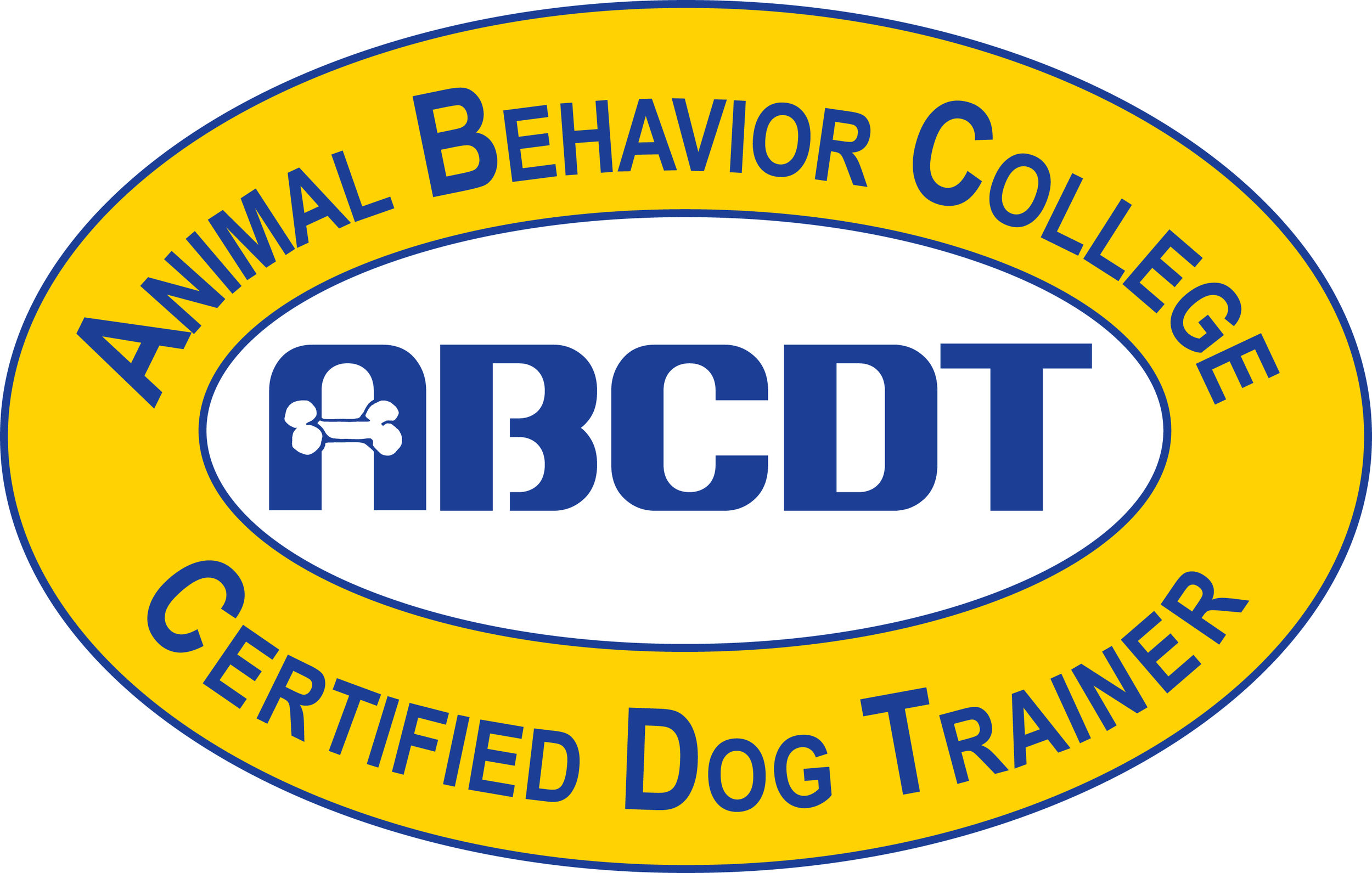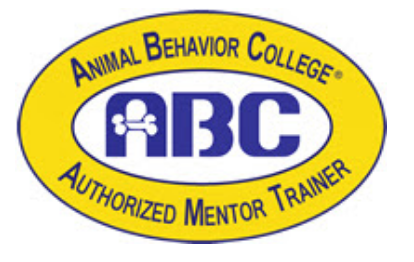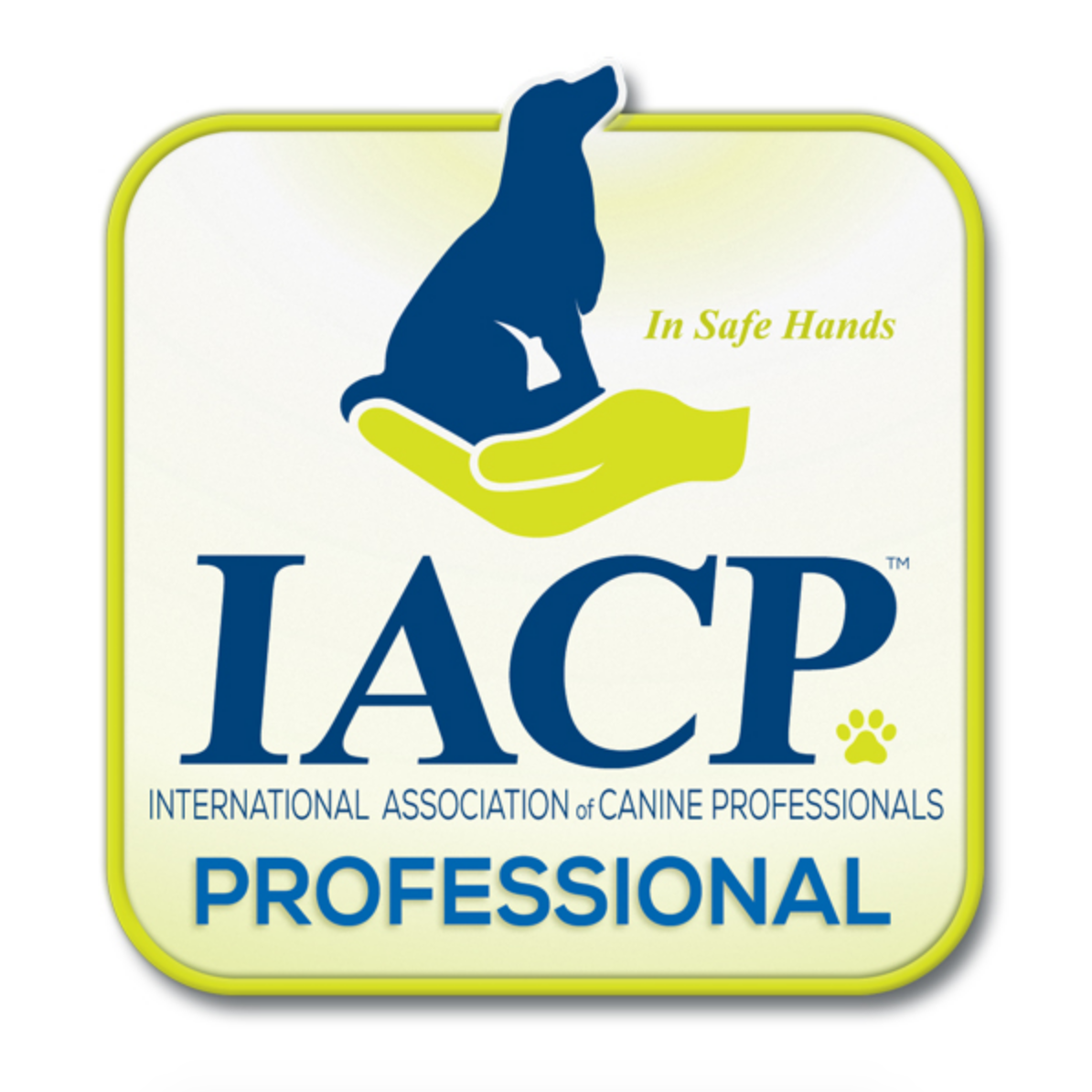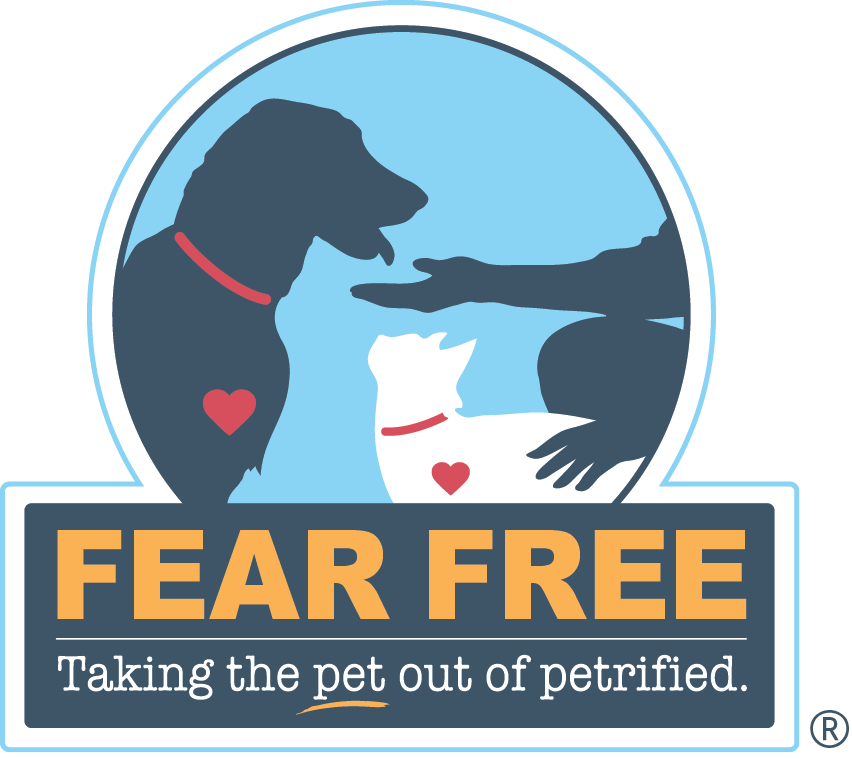Loose-Leash Walking
/
Loose-Leash Walking
Dogs do not realize that walking in a straight line is the quickest way to get from point A to point B. They typically zig-zag in front of you as fast as they can. Dogs are aware that they are on a leash and learn quickly that if they pull hard enough, the leash and the human at the other end will move with them. Now, they have to be trained not to pull, rather to walk loosely while on leash.
Why train it?
To spare your arms and other body parts —and your dog’s trachea. It is not fun or safe for you to have a dog take you for a walk, and pulling while wearing a collar can actually damage your dog’s throat.
Due to leash laws and for the dog’s safety, our dogs spend most of their time on-leash while outside; therefore, training them to walk without pulling is better for everyone.
Why do dogs pull?
To get to whatever is out ahead: Great smells, other dogs, open spaces, fun and adventure, and of course SQUIRREL!!!
Pulling gets dogs to what they want faster. As a strategy, it works for them. This is why it is best to teach dogs loose-leash walking as early as possible. Pulling is rewarding to the dog, so the more he does it, the harder it is for him to give it up. However, if you have an expert puller, don’t despair. Any dog can be taught how to walk loosely on a leash. Note: Loose leash walking is different then using the Heel command.
There are many ways to teach a dog to stop pulling on leash. These are a few options for you. Do one, do them all. Find the one that works best for you and your dog. Remember, there are many paths to get to the goal that you want!
How to train it:
Option 1 Walk This Way
Step 1: Your dog learns to stand calmly next to you without pulling away.
Load one hand with treats.
Praise and treat when your dog is calm and/or looking at you.
If your dog pulls away from you, don’t yank the leash and don’t reel him back in. Stand still and wait until he returns to you. If he is very distracted, call his name.
When he comes back to you, praise and treat.
Step 2: Your dog learns to stay close to you while walking.
With your dog standing calmly next to you, say his name and, “Let’s go.”
Praise and treat after the first step, as long as your dog doesn’t dash forward.
Keep walking and praise/treat every other step.
Gradually increase the number of steps in between rewards.
If your dog starts pulling, stop and wait until there is some slack in the leash again. Then take a step with him and reward him quickly for walking near you.
Keep him guessing. Sometimes reward after 1 step, sometimes after 5, then again after 2, then after 7.
Training Tip: Try practicing loose-leash walking after your dog has had some vigorous exercise. He will be much easier to work with then.
Troubleshooting: If your dog pulls and you don’t get a chance to mark the behavior with the “Yes” reward marker and treat, then apply red light/ green light. As soon as your dog pulls and the leash goes tight, stop. Wait for the leash to loosen even just a little bit and then walk forward. Be prepared to stop again if your dog pulls again so the leash tightens. Your dog needs to learn that a tight leash is a red light that stops the walk. A loose leash is a green light that means more walking.
Option 2 Be a Tree
Dogs instinctively pull when something is pulling them. In training terms this is known as the Opposition Reflex. So, rather than resist or pulling back on the leash, turn your body slightly, plant your feet and stop. The dog will continue to surge forward and stopping abruptly will cause his collar to give a quick snap, a sensation that he will quickly learn does not feel well. You are not doing anything to the leash but holding it. Do not yank it, just hold onto it. This will teach your dog not to pull on leash. That is half of the battle.
Now that your dog has learned what not to do, they need to learn what they should do. For this concept go to Step 2 above. Remember to praise your dog while on the walk when he is walking appropriately. Communicate to him when he is doing well. Praise your dog. Typically, when a dog hears their name with “Good boy/girl” they tend to look back at you rather then continue forward. This is the perfect place to mark the behavior with the “Yes” marker word and treat. Dogs are smart, they tend to repeat behavior that is rewarding for them and eliminate behavior that is not rewarding. The trick is knowing what reward your dog values most.
Option 3 Keep Them Guessing
Dogs tend to strain on their leash when they are focused on the world around them instead of their owners. They tend to not like surprises, so while training your dog to not pull on leash, change direction frequently. Walk straight, then abruptly turn and walk the other way. The move takes your dog by surprise and your unpredictability causes your dog to begin to focus on you and the sound of your feet. As you find your dog begins to change direction with you, mark the behavior with the “Yes” reward marker and treat. Your dog learns that paying attention to you is rewarding. They learn to sniff and explore the world around them, but also keep an eye on you.
Do I really need to use treats? I don’t want to always have to have treats to get my dog to do something.
While your dog is learning to not pull or to loose leash walk, you will get faster results if you use treats. As he gets better, then you begin to phase the treats out and replace it with praise. Initially treat often, as he is consistently walking appropriately, then you vary the rate you treat until you can eventually phase treats out all together. Again, there are many paths to get to the same goal; however, food tends to be a motivator that gets dog to learn faster.



